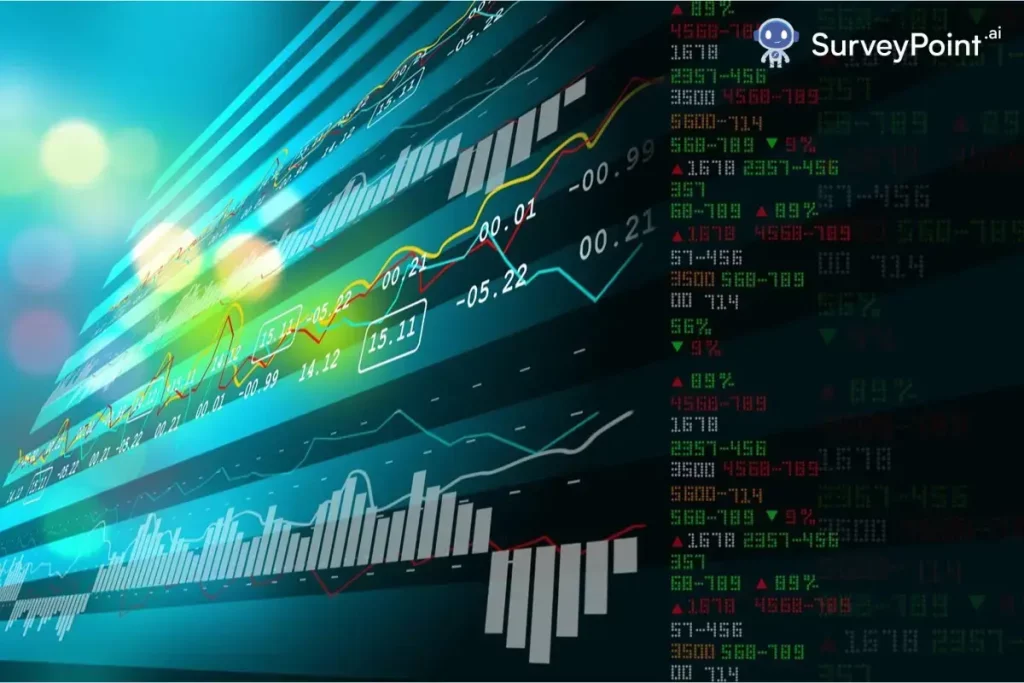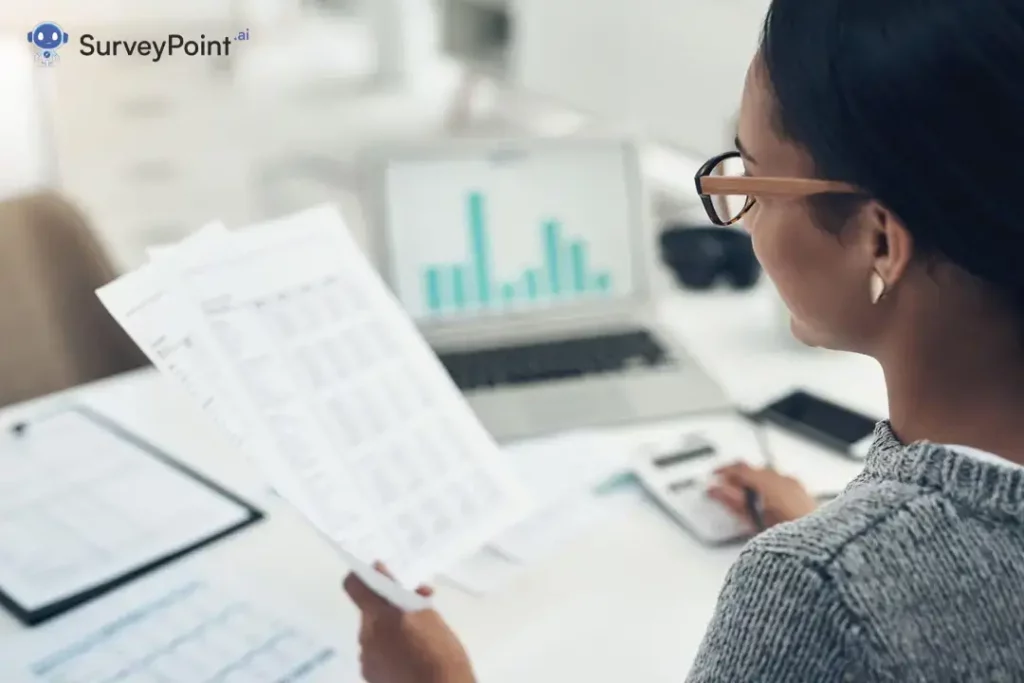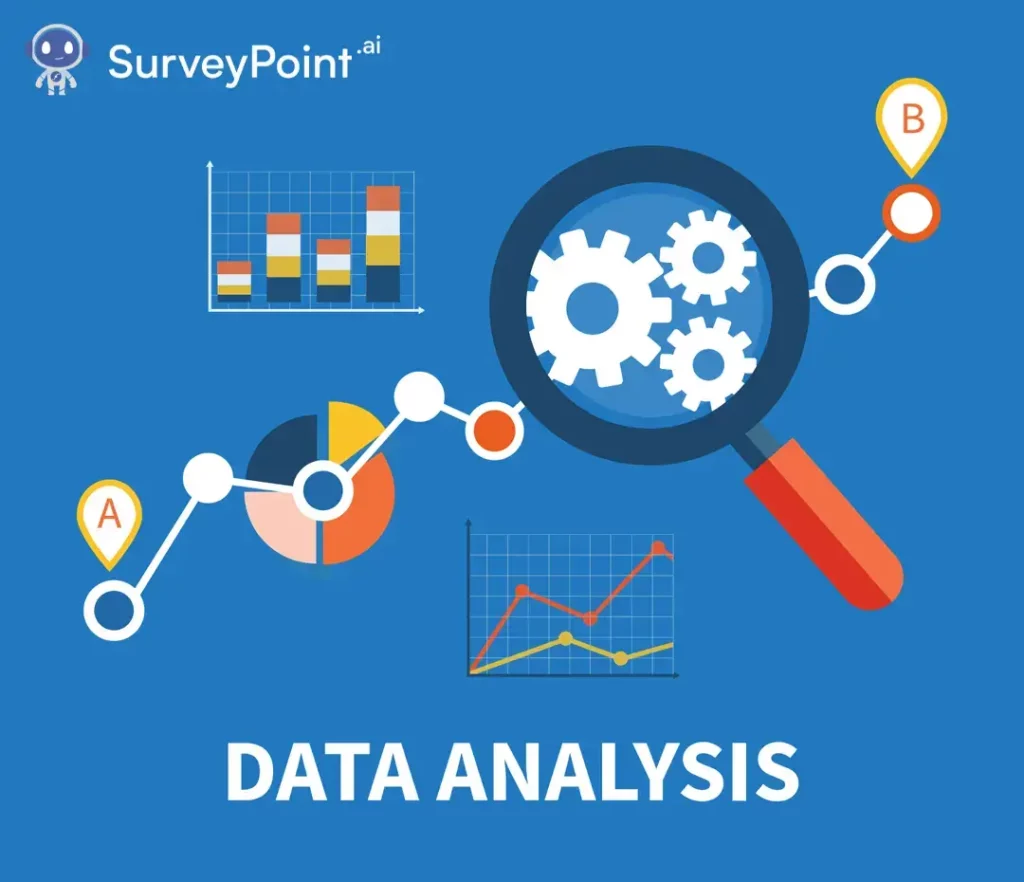
Find out how to use data analysis to make good decisions with these 5 strong Data Analysis Techniques. Find out how to make the most of the information you have.
In the data-driven world of today, being able to look at data and figure out what it means is a useful skill. Whether you’re a business owner, a student, or just someone who wants to make better choices, you need to know how to analyze data. In this piece, we’ll take the mystery out of data analysis and look at five powerful tools that will help you make smart choices. Let’s get started!
1. Making sense of data analysis: an overview
In this part, we’ll explain what data analysis is and why it’s so important when making decisions.
Data analysis is the process of looking at, cleaning, transforming, and making sense of data to find trends, draw conclusions, and help make decisions. It helps people understand trends, find chances, and deal with problems in the best way possible.
2. Why descriptive statistics are important
The first step in data analysis is to use statistics to describe the data. It means making a summary of the information and showing it in a way that makes sense. The mean, median, mode, and standard deviation are all important tools.
With descriptive statistics, you can learn about the central trends and spread of your data, which makes it easier to spot outliers or strange patterns that may need to be looked into further.
3. Using what you can learn from inferential statistics
Inferential statistics goes one step further than data analysis by using a sample to make predictions and inferences about a community. Methods like testing a theory and figuring out a confidence interval are very important here.
With inferential statistics, you can draw conclusions about a bigger group based on a sample that is representative of the group as a whole. This gives you the confidence to make decisions based on good information.
4. How to make data look good
Visualizing data is a powerful way to make complicated information clear and easy to understand. Tools like charts, graphs, and heatmaps can turn raw data into insights that can be used to make decisions.
Effective data visualization not only makes complicated data easier to understand, but it also helps people make better decisions by making patterns and trends more clear.
5. Machine learning for analysis of the future
Data research is being changed by machine learning. It lets computers learn from data on their own and make guesses or suggestions without being told to do so. Regression analysis and clustering are two popular ways to do things.
By adding machine learning to your set of tools for data analysis, you can predict future trends, find outliers, and improve the way decisions are made.
You Must Like KNIME Pro: 7 Secrets to Achieving Data Analysis Success Alteryx Magic: 7 Ways to Supercharge Your Business Insights The Ultimate Guide to RapidMiner Features: Unlock the Power of Data
FAQ for Data Analysis Techniques
How does data analysis help a business decide what to do?
Data analysis is an important part of making business decisions because it gives useful information about customer behavior, market trends, and the efficiency of operations. It helps businesses make better decisions, cut down on risks, and grow.
Can I learn how to do data analysis if I don’t know anything about math or programming?
Yes, for sure! Many tools and classes are made for people who have never done math or programming before. Start with the basics and build up your skills step by step.
How can I get better at putting facts on a screen?
The best way to get better at visualizing facts is to practice. Start by using tools like Excel or online visualization platforms to make easy charts and graphs. Check out tutorials and online training to learn more and improve your skills.
What are some ways that machine learning can be used in data processing in the real world?
Machine learning is used in many fields, such as healthcare (to find the cause of a disease), finance (to find fraud), and e-commerce (to make personalized suggestions). It has a wide range of uses that keep growing.
Does data analysis only have a place in business?
No, data analysis can be used in many areas, such as healthcare, education, government, research, and more. It helps organizations and people make choices based on data in different areas.
What are some common problems that come up when analyzing data, and how can I solve them?
Common problems include problems with the quality of the data, worries about the safety of the data, and choosing the right analysis methods. To deal with these problems, make sure your data is clean, follow the rules for protecting data, and, if you need to, ask for help from experts.
In the end,
Analysis of data doesn’t have to be scary. By learning these five powerful techniques, you can take the mystery out of making decisions and become a confident decision-maker in your personal and business life. Explore the world of data analysis, find out what it can do, and use that knowledge to make decisions that will lead to success.
Remember that you hold the power of data research. Get started right away!




